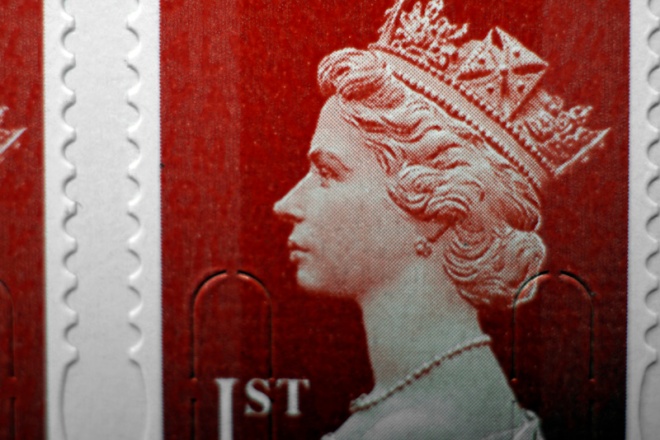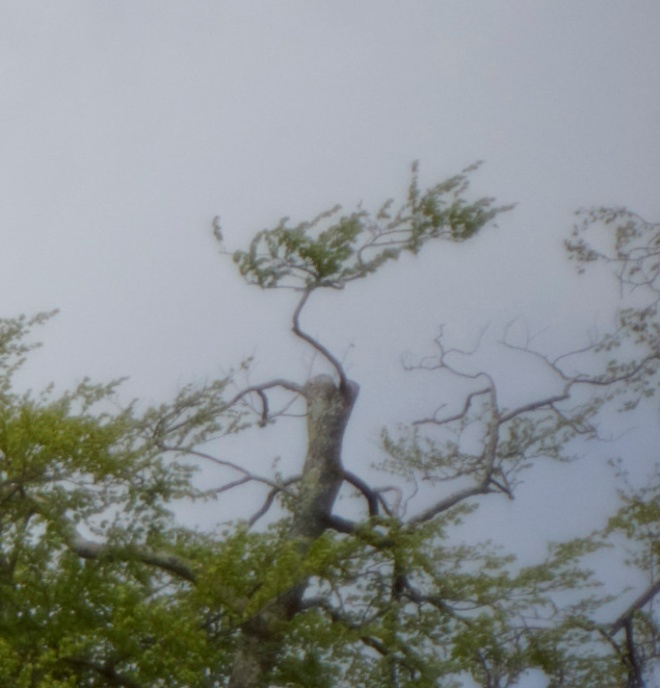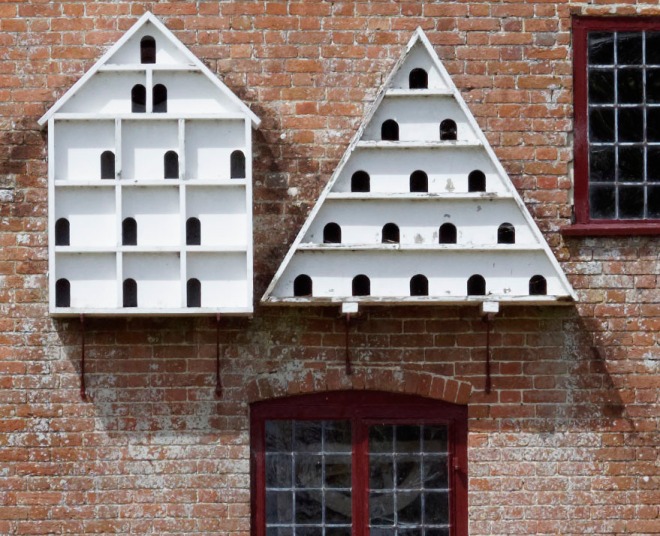The Zuiko 50mm f3.5 has been the only macro lens I’ve needed over the last ten years or so, and it’s always been a solid, sensible performer on several camera bodies (with adaptors). Having had such good results with some other Zuiko lenses on my Sony A7R it’s next in the list for mini review so here goes :-

Vintage image of a Geisha copied from a faded late 19th century book of hand tinted photographs (original A4) now with my agency.
The most striking thing about this lens is that it’s so light – 212g or 7.4oz. It’s slightly longer than a 50mm f1.8 due to the long focus helicoid thread but all in all it could have been made for the A7R. This is obviously a manual focus lens with no autofocus or image stabilisation, attached to the camera with a NEX to OM adaptor. Getting the best out of lenses for the A7R’s sensor requires f5.6 to f11 on most lenses so the rather slow f3.5 maximum aperture isn’t that much or a problem – and best avoided.

From above at minimum focus – all nice and light and matched perfectly to the A7R.
Focussing at further distances is nice and snappy due to a focus rack of only a few degrees between infinity and 1m/3ft (around 15 degrees I’d guess). The filter size is 49mm, apertures run from f3.5 to f22 and minimum focus is 23 cm where 1:2 macro is achieved (1/2 life-size on the sensor).

Sadly there are only six aperture blades leading to hexagonal bokeh. Usually you’ll be focussing so close that it probably won’t matter.

Maximium magnification without tubes (1:2 macro).
As always the focus aids in the camera body make precision focus easy, reliably producing sharp results. There are a few matching extension tubes made by Olympus which will extend to 1:1 macro (life-size on the sensor) and beyond. These are 25mm (for 1:1), 14mm and 7mm for lesser magnifications. Once you pass 1:1 use becomes progressively more difficult! Even the slightest vibration on a tripod mounted camera becomes painfully obvious and exposures become longer the more macro you go. I’d personally stop at 1:1!

With the 25mm extension tubes and 1:1 macro.

With all 3 extension tubes on – and extremely difficult to use, around 2:1 macro.

All 3 extension tubes (and the adaptor) – there is such narrow depth of field using these that tightening a tripod screw will take the subject out of focus. This is not a ‘walk around’ combination and rather silly!

With all extension tubes on the small stamp at f8 – virtually no depth of field at all – sub 1 mm!
So, very useful for macro to 1:1, but beyond that magnification less so, becoming almost unusable at what is presumably 2:1 (twice life-size on the sensor). Up to 1:1 at f8 to f11 the resolution and colours are superb, beyond 1:1 a cyan cast appears and the resolution – not unsurprisingly – starts to drop dramatically.
But – most people will want to use this portable lens to get fairly close to flowers, insects etc.

A butterfly (now obviously an ex-butterfly having been trapped in a building) taken with the camera resting on the window sill.

And a central enlargement.

Get low enough and some nice macro shots are easy!

Hand held at 1/320th and moderately close this is a good example of what this lens excels at on the A7R – despite the hexagonal bokeh.

Colours are quite vivid once the rather flat RAW files are processed – again fine for this sort of subject.
So for a general purpose hand held close-ups its pretty good too, as long as you keep the shutter speed high and take great care focussing. The resolution good to excellent with the caveat that there is so little depth of field at these closer distances that much of you images will be out of focus anyway so be extra careful what you focus on!
At infinity things are pretty good too (all hand-held shots) :-

The full frame which I’m sure you’re all familiar with.
f3.5

Centre wide open – a bit soft but OK. Best avoided.

Edge wide open – not bad but not great either.
f8

f8 centre – stunning! Wow!

f8 edge – very good.
f16

f16 centre softening again.

Same with the edge performance.
The conclusion for infinity focussing – a fantastic performance at the centre at f8, dropping to ‘very good’ at the edges. Like the Zuiko 50mm f1.4 at optimal apertures this seems to be getting close to doing justice to the 36Mp sensor of the A7R. Other apertures obviously aren’t – but few lenses (especially sub £100 lenses) can.
Overall an impressive little lens on this body. Useable up to 1:1 macro on a tripod, good for hand-held medium close-ups and superb as a general purpose 50mm when used at infinity at f8. The ‘fun factor’ using this lens to pick out fine detail is hard to beat too! At 212g it’s staying in the camera bag.
As with all the OM Zuikos tested on the A7R, the results are better than I’d expected. The ability to get very precise focus using EVF focussing aids, and the A7R’s metering (much more accurate than using them on DSLRs) produce files which, when post-processed, are the best I’ve produced using these lenses. They’re all more prone to flare than modern lenses but I can work around that. I may not need any Zeiss lenses if this trend continues!
Thanks for looking, hope you found this – rather long – review useful.
If you’re interested in using other MF lenses have a look at the other reviews on the film, camera and lens review index tab.

Dear Rob,
this is very good news indeed, and very helpful too. Although I dislike using EVF very much it is nice to see these old lenses giving acceptable performance on a modern fullframe sensor. If I ever think about giving up film this might the way to go….
Thank you for writing this up, and keep up the mill. I love it.
Nick
Hi Nick,
I know what you mean. EVF’s are useful despite them being unnatural to traditional photographers. I have a love/hate thing with mine, but you can’t argue with the results or the usefulness. Until now I haven’t found a sensor equal to film but the Sony A7R is looking promising.
The ‘crusty’ old rules seem to apply – primes at f8 to optimise resolution unless you’re going for bokeh in which case open the lens to it’s maximum aperture and hope for the best!
Thanks for the comment Nick
Rob
Thank you for yet another insightful review! I read your post this morning and just for fun took my own same lens for a walk, attached to a Fuji X-Pro1. I agree, this is a very nice lens also on a crop sensor. Although the rather moderate aperture makes focussing somewhat painful with the Fuji’s not so supportive EVF. Aside from the better focus aid, I also envy you A7 owners the wider FoV with legacy wide angles. With a macro lens however, I think we crop people might have the advantage of a slightly thicker DoF. Either way, bringing these old glass to new life provides endless imaging oportunities and lots of fun.
Elvira
Glad you found it useful Elvira. You’re right about the shallower depth of field on full frame sensors being something of a blessing and a curse – great when you get it right but disastrous otherwise. Without the ‘focus magnify’ feature the results using old lenses would be very different. The A7R has a ‘crop mode’ to 24Mp which might be useful with macro but I haven’t tried it yet – I’ll give it a try.
Thanks for the comment
Rob